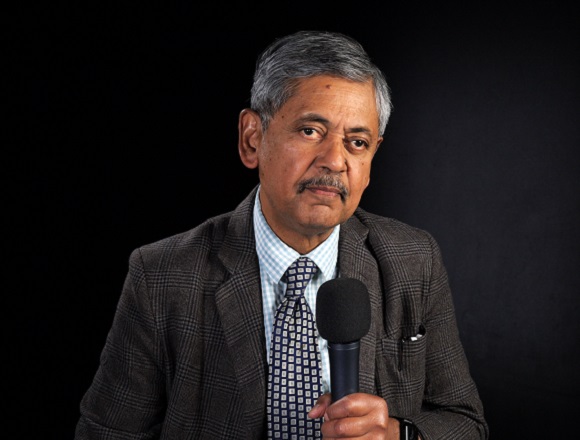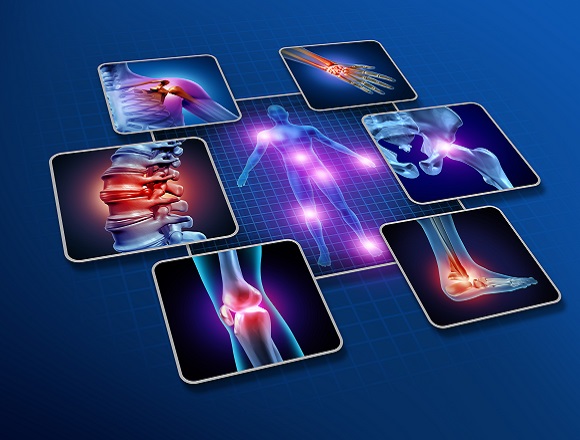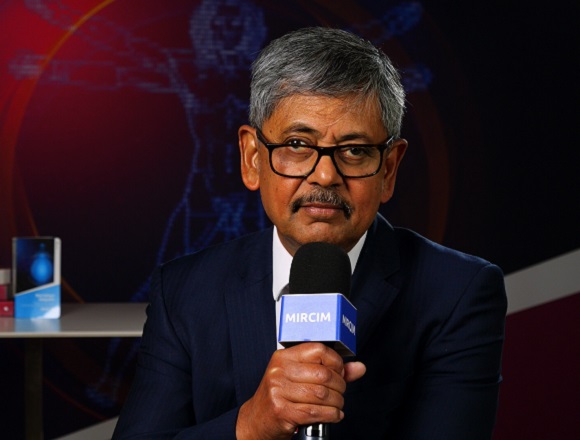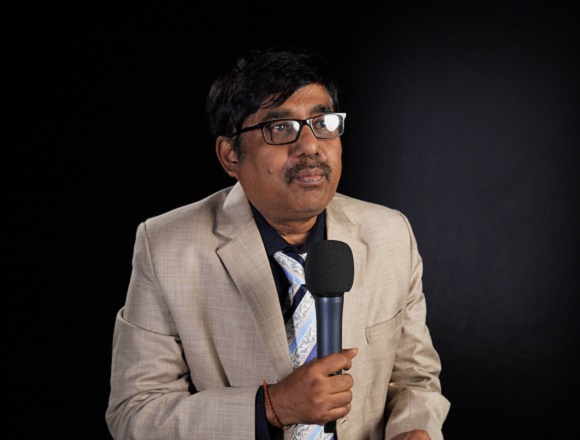Bhaskar Dasgupta, MB, BS, MD, is a consultant rheumatologist and head of rheumatology at Southend University Hospital, UK. He developed guidelines on polymyalgia rheumatica, giant cell arteritis, and the concept of point-of-care rheumatology ultrasound.
What is the value of ultrasonography in the diagnostic workup of Sjögren syndrome? It has not been described in the 2016 American College of Rheumatology (ACR) and European League Against Rheumatism (EULAR) classification criteria.
I think that this is, again, a very interesting question and really, it’s almost related to your previous question, which was about diseases where imaging is not part of the classification criteria.
I think that in suspected Sjögren syndrome we should be definitely looking at salivary gland ultrasound. And there’s a lot of evidence that is emerging that with the salivary gland ultrasound you can look at the homogeneity of the gland, you can look at whether it has the echogenic texture. For example, the inflamed salivary gland becomes hypoechoic, it becomes heterogeneous, and you see vascularity, you can see calcification, you can see gland enlargement, so you can look at the posterior border of the gland. Actually, also lymph nodes can show up the abnormalities. But also, ultrasound can pick up other abnormalities that can mimic the Sjögren syndrome inflammation.
It is a very, very useful test and there are studies that have shown, for example, that salivary gland ultrasound is equivalent in its diagnostic findings as the minor salivary gland biopsy, which is a much more intensive, painful procedure and requires specialist pathology.
According to the point-of-care rheumatology ultrasound (POCRUS) pathway, what we should be doing is we should be applying the ACR/EULAR Sjögren syndrome criteria, which don’t have imaging. And then, we should be looking at the laboratory abnormalities such as autoantibodies, and especially in patients who are negative for these autoantibodies, we should be looking at doing ultrasound of the salivary glands and we should be scoring that, and there are good scores that are available for the ultrasound abnormalities in suspected Sjögren syndrome from 0 to 4, depending on the degree of the heterogeneity, hypoechogenicity, and the vascularity in the gland.
 English
English
 Español
Español
 українська
українська










